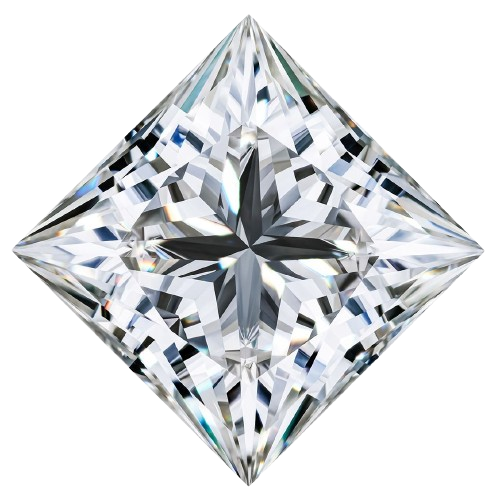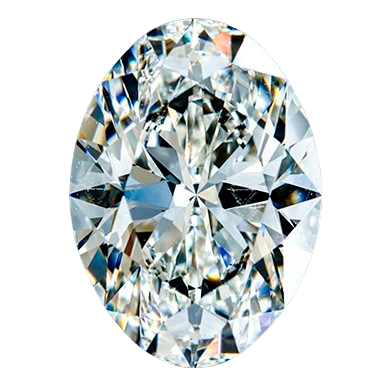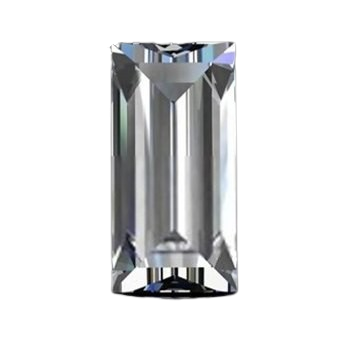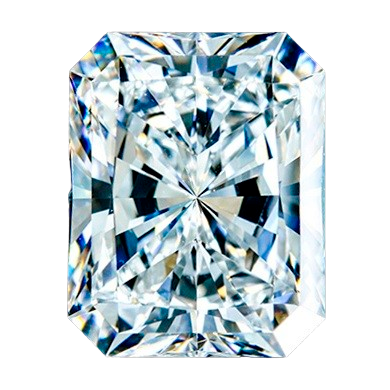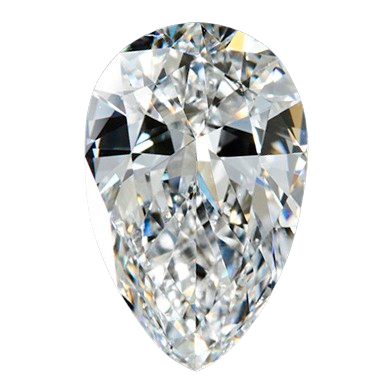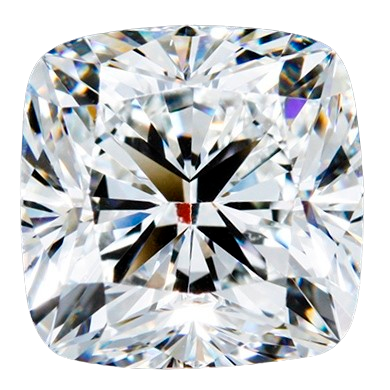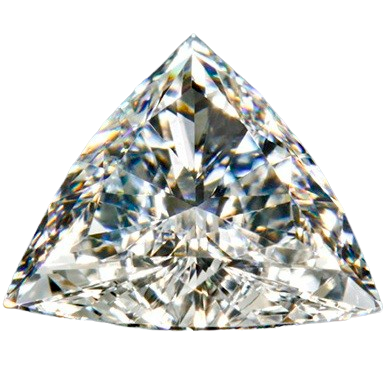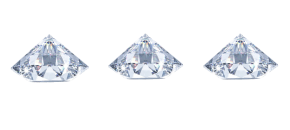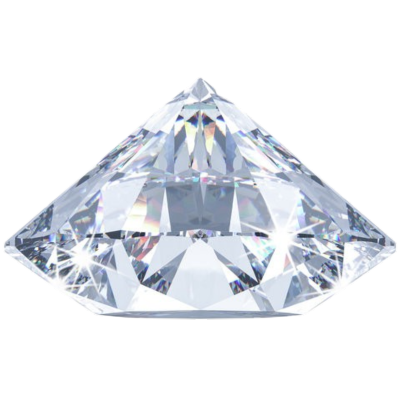Shapes
Guide to Diamond & GEM Shapes
Diamonds and gemstones are cut into many different shapes, each with its own aesthetic and cutting requirements. While diamond and gem shapes are sometimes referred to as the cut (for example an emerald-cut diamond), the cut refers to how a jeweler cuts the gemstone to achieve its symmetry and proportion.
Most people are familiar with the round solitaire diamond and common “fancy” shapes — which refer to a gemstone cut in any shape other than round. Fancy cuts include such shapes as baguette, emerald, triangle, pear, princess, oval, and marquis. If you are uncertain about a term used to describe your diamond, ask your professional jeweler to clarify it for you.
Use our chart of diamond and gemstone shapes to identify your favorite
Colors
Guide to Dimond & Color
Diamonds come in every color of the spectrum, but the most popular are colorless. Truly colorless, pure white diamonds are extremely rare and, therefore, the most costly. Laboratories, like the Gemological Institute of America (GIA), grade stones according to how far they deviate from the purest white as one of the diamond 4Cs.
Diamonds come in every color of the spectrum
The best way to see the true color of a diamond is by looking at it against a white surface. Colorless stones are graded D, E, or F. All three grades are considered colorless but with slightly decreasing transparency. Color grading continues down through the alphabet, with each letter designating a slightly darker or warmer tint.
Colored Diamonds
Diamonds also come in a spectrum of majestic colors, from red and canary yellow to blue, green and purple. These colorful diamonds, known as fancies, are valued for their depth of color, just as white diamonds are valued for their lack of color. Therefore, fancy color diamonds are graded in order of increasing intensity from Faint, Very Light, Light, Fancy Light, Fancy, Fancy Intense, Fancy Vivid, Fancy Dark and Fancy Deep.
Diamond color grades are determined by professionals under ideal circumstances, a situation seldom duplicated outside of a laboratory. Choose a diamond based on its appeal to you, rather than on a technical color scale.
A Note on Color Grading
It is important to remember that color is a range. Think of a diamond color grade as your age. If you’re 34 years old, your 34th birthday may have been yesterday, or your 35th birthday may be next month. But when someone asks your age, you simply tell them you’re 34. It works the same way with color grading. For example, a diamond with a G color grade could, in fact, be very close to an F or to an H.
Weight
Guide to Dimond & Carats
Carat weight is one of the 4Cs of diamonds that measures measures a diamond’s weight and size. The term “carat” is derived from the carob seeds that were used to balance scales in ancient times.
Today’s metric carat is equal to 200 milligrams, or one-fifth of a gram, and there are approximately 142 carats to an ounce. Carats are further divided into points. There are 100 points in a carat. A half-carat diamond may be referred to as a 50-point stone.
Guide to Dimond & Carats
Today’s metric carat is equal to 200 milligrams, or one-fifth of a gram, and there are approximately 142 carats to an ounce. Carats are further divided into points. There are 100 points in a carat. A half-carat diamond may be referred to as a 50-point stone.
Clarity
Guide to Dimond & Clarity
A diamond’s clarity, one of diamonds 4Cs, is affected by any external and internal characteristics created by nature when the diamond was formed or as a result of the cutting process.
Characteristics such as internal spots or lines are called inclusions. Although these marks make each stone unique, the fewer the inclusions, the more valuable the stone. Inclusions can sometimes interfere with the passage of light through the stone, diminishing the sparkle and value of the diamond.


